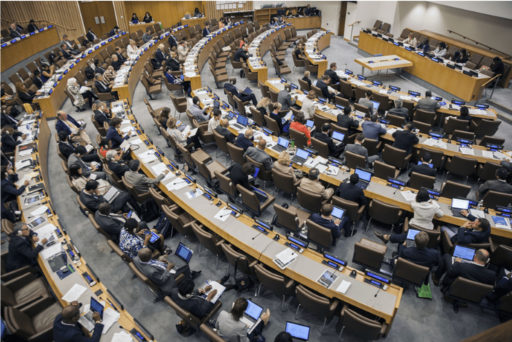The high seas occupy approximately half of the planet. Yet, we know much less about this vast part of the ocean than any other area of the globe. Historically, the high seas have been poorly protected due to the lack of a global regulatory framework for the conservation and sustainable use of natural resources in this area.

The High Seas Treaty creates a legal pathway to protect biodiversity, sustainably manage its resources, equitably share its benefits, and foster global collaboration. It creates a process for the designation and implementation of marine protected areas and other area-based management tools on the high seas. Additionally, it offers a coherent and standardised environmental impact assessment framework that can be applied to all activities on the high seas. The Treaty also aims to assist all Parties in accessing marine genetic resources and digital sequence information, as well ensure the transfer of marine technologies from developed Parties to developing country Parties.
The High Seas Treaty needs 60 countries to ratify it to come into force. BirdLife advocates for the swift ratification for the High Seas Treaty, with the long-term aim of achieving universal ratification, in order to allow the establishment of a coherent network of marine protected areas, as well as global collaboration and cooperation to regulate activities across the high seas.
The Cory’s shearwater travels across the entire Atlantic Ocean. Conservation actions for this species – and other migratory species – are required across these vast migratory routes. Tracking data owned by Maria Dias.
The High Seas are incredibly important for seabirds, and tracking data has demonstrated how seabirds use these waters, the major routes (or “Marine Flyways”) that they travel, and important areas in need of protection (i.e., marine Important Bird and Biodiversity Areas). Remote tracking has shown that migratory routes of some species can span entire ocean basins, crossing national jurisdictional boundaries and areas beyond national jurisdiction. This transboundary migration indicates that we need strong international cooperation through international treaties, such as the Convention on Biological Diversity, the Convention on Migratory Species, and the new High Seas Treaty for coordinated action to protect migratory marine species.
Sooty Albatross (Phoebetria fusca)
Percentage of time spent in High Seas, per month
Source: Beal et al. (2021). Thank you to our data contributors: Azwianewi Makhado, Henri Weimerskirch, Peter Ryan, Robert Crawford, Ross Wanless, Stefan Schoombie, Steffen Oppel.